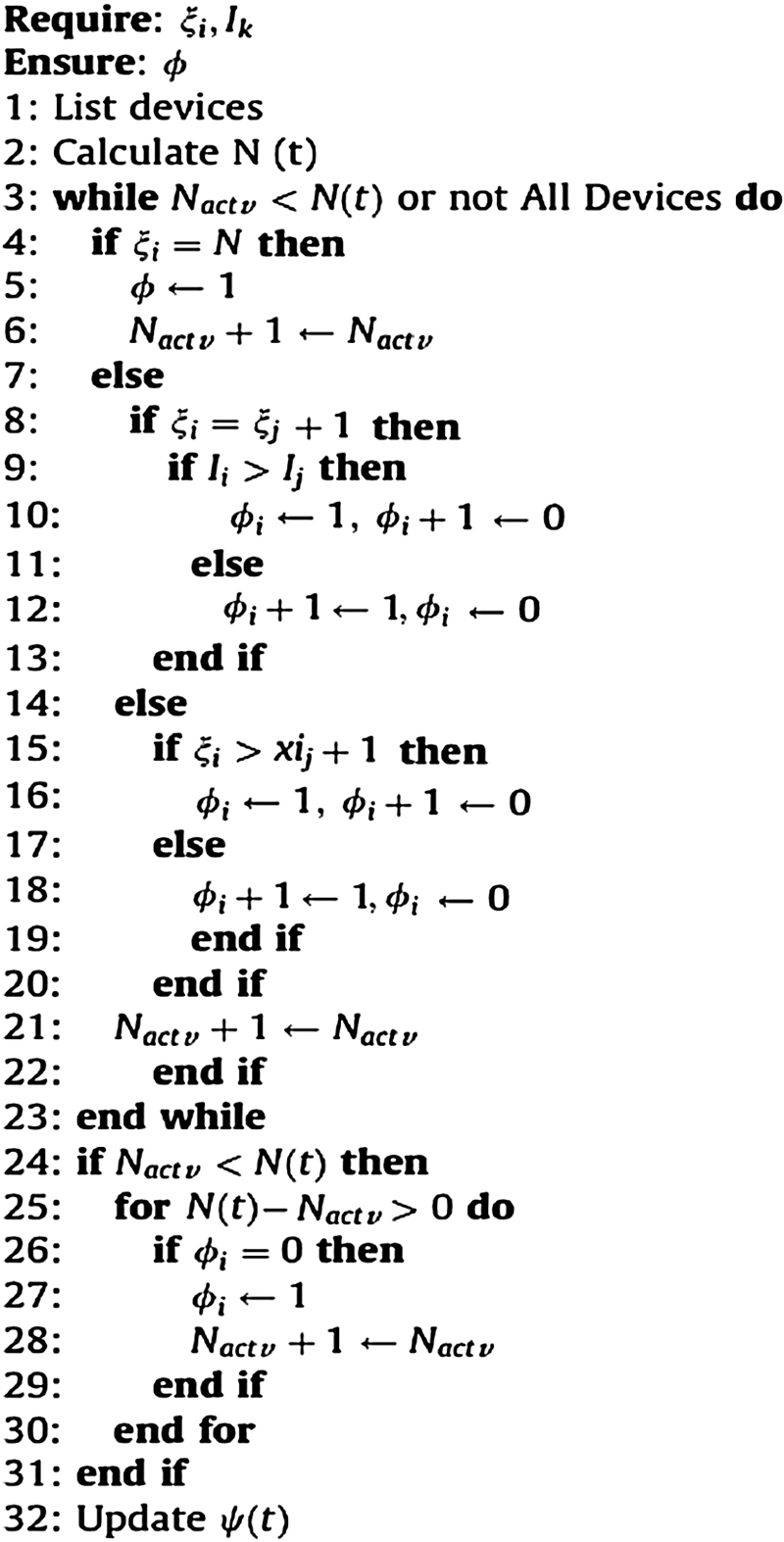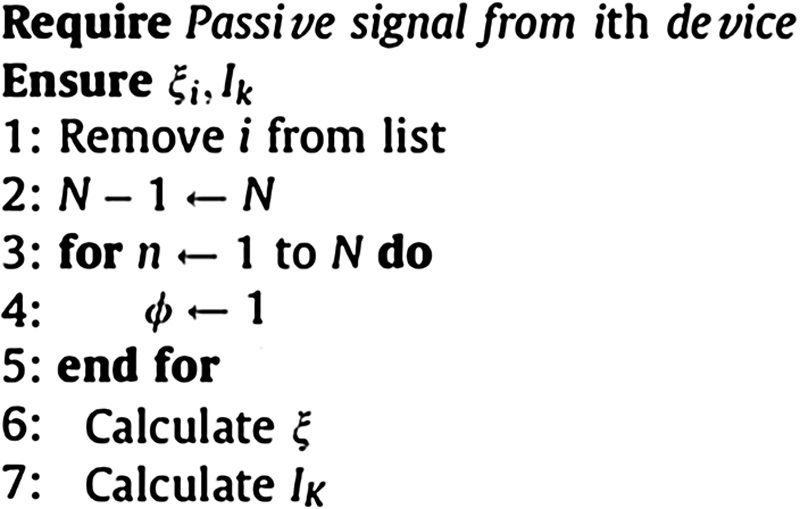Software defined things: a green network management for future smart city architectures
Abstract
The control framework in modern cities highly relies on human-centralized management that dependently brings the latency and failure in many critical real-time applications. The insufficiency of centralized human control mechanism over cities’ resource and function management framework led the evolution of the smart city concept that essentially counts on the communications between different networks. However, the deployment of electronic components that can carry both the decision-making mechanisms and the functional capacity to perform the necessary action is economically impossible to afford. This impossibility brings out an older approach of separating the decision-making and the application parts. The decision-making part can handle the data from different networks and make smart decisions according to the predefined constraints and trusted control resources. The derived decisions are sent over secure channels to the actuators that can perform physical tasks to change its surroundings. Even though the definition presents an illusion of simplicity, the design, implementation, and control of two separated yet correlated network structure are not trivial.
The decentralized structure of data networks, for example, Internet of Thing (IoT) network and wireless sensor node (WSN), and ineffective scheduling algorithms result in a challenging durability problem for control frameworks. Self-Organized Network (SON) frameworks enable a self-aware system structure that can adjust network resources according to the user needs. In this chapter, as the main focus is the durability of the actuator network, we proposed a SON-based centralized control scheme. Through this chapter the observed actuator devices are cyber physical devices (CPDs) and the actuator network will be named as CPD network. With the objective of maintaining the highest coverage ratio with the minimum number of CPD devices, we used Local Indicator of Spatial Association (LISA) coefficient and Conflict Ratio for each CPD device. Using a probabilistic approach, the number of minimum active devices to fulfill the user expectations is determined. Using LISA coefficient and Conflict Ratio, the centralized controller determines a schedule for IoT devices. In this study, in order to maintain the connection with the generality, a layered CPD device network is considered where all CPD devices at the same layer are the same. Different CPD devices are considered to be in different layers and the controller can optimize each layer separately.
Keywords
1. Introduction
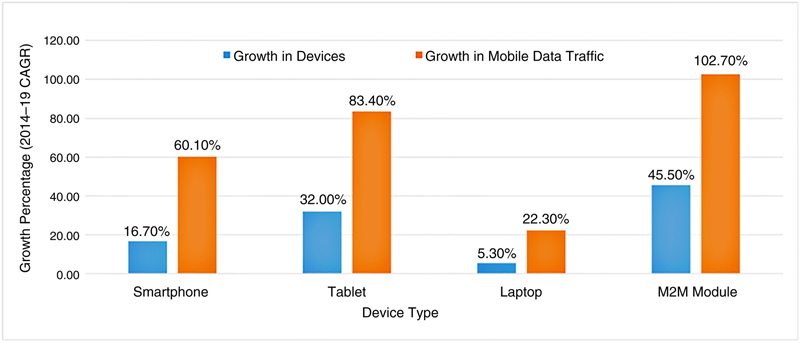
2. Smart city data plane challenges
2.1. Compatibility between smart city devices
2.2. Simplicity
2.3. Mobility and geographic control
3. Software defined network-based smart city network management

3.1. Centralized control
3.2. Simplicity and inerrability
3.3. Virtualization
3.4. Compatibility
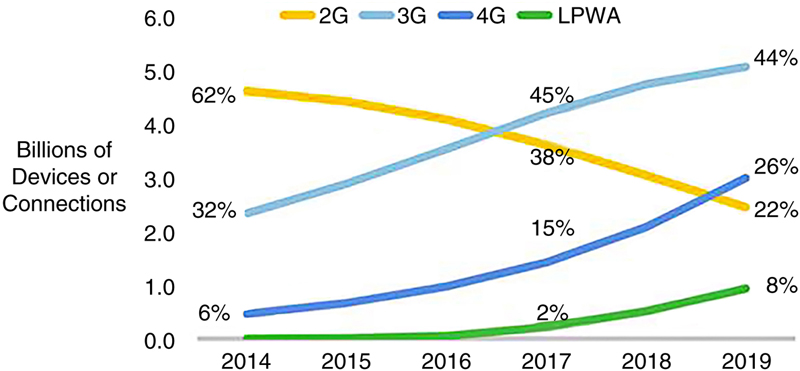
3.5. Challenges of SDN in smart city applications
4. Software defined things framework
4.1. Reactive smart city device management
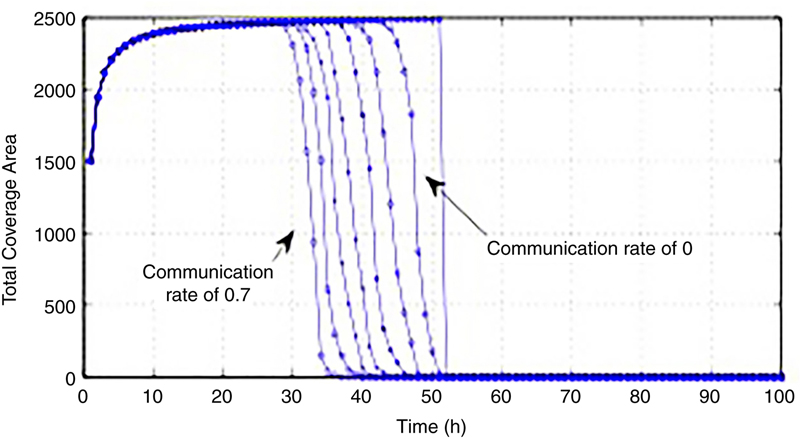
4.1.1. The number of necessary devices
 (3.1)
(3.1) (3.2)
(3.2) (3.3)
(3.3) (3.4)
(3.4)4.1.2. Software defined reactive devices
4.1.3. Conflict parameter calculation
 (3.5)
(3.5)4.1.4. Spatial correlation coefficient calculation
 (3.6)
(3.6)4.2. Self-organization algorithm

